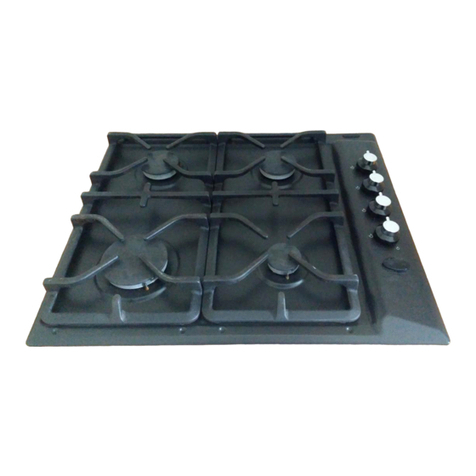IKEA HACKSTAD User manual
Other IKEA Cooktop manuals

IKEA
IKEA ICS500VB0 User manual
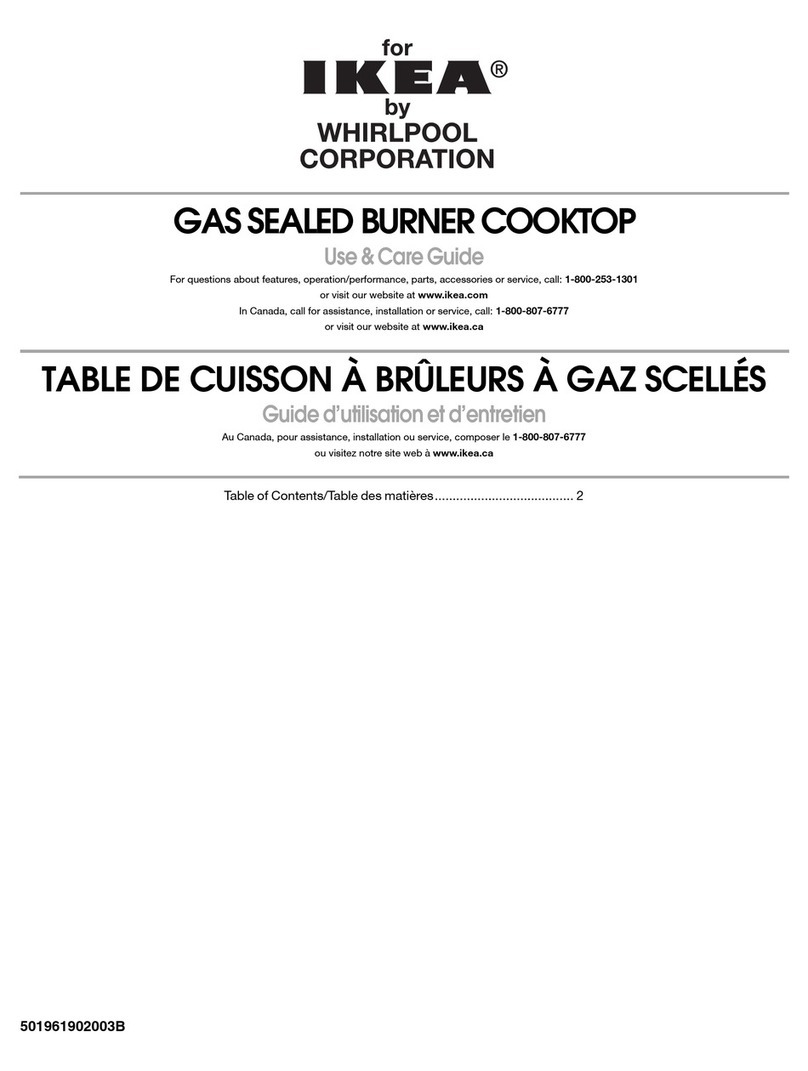
IKEA
IKEA GAS SEALED BURNER COOKTOP User manual

IKEA
IKEA W10675927A User manual
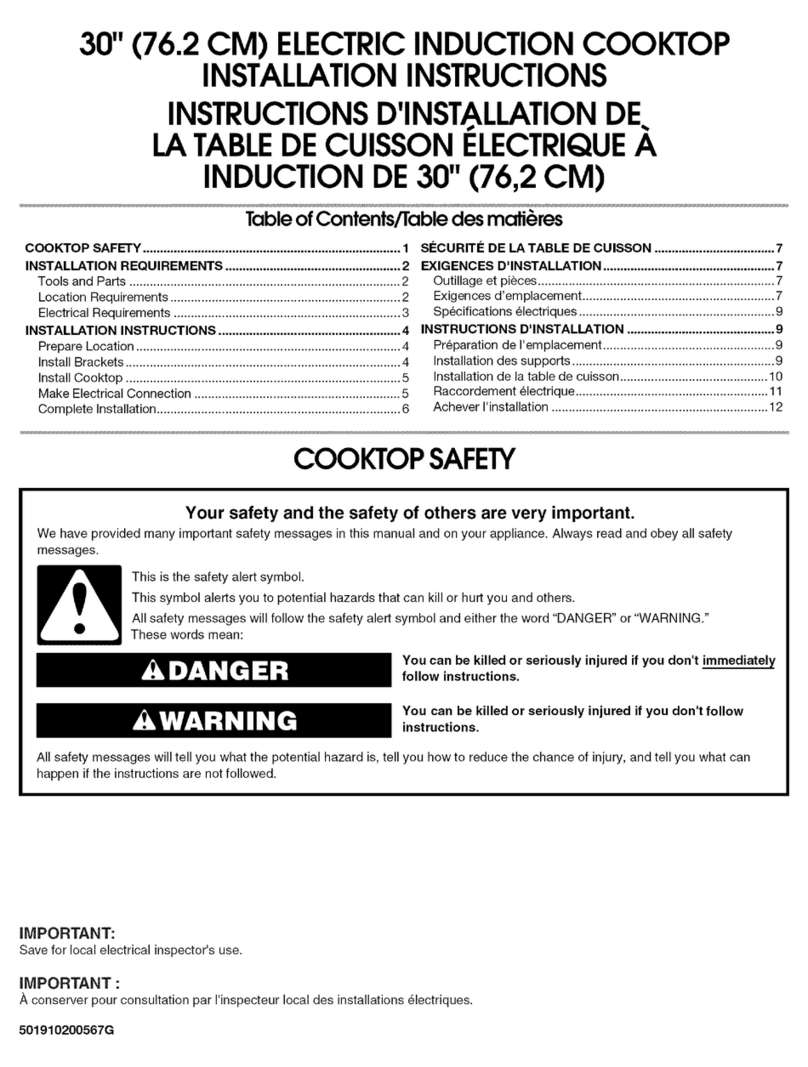
IKEA
IKEA GCI3061 User manual
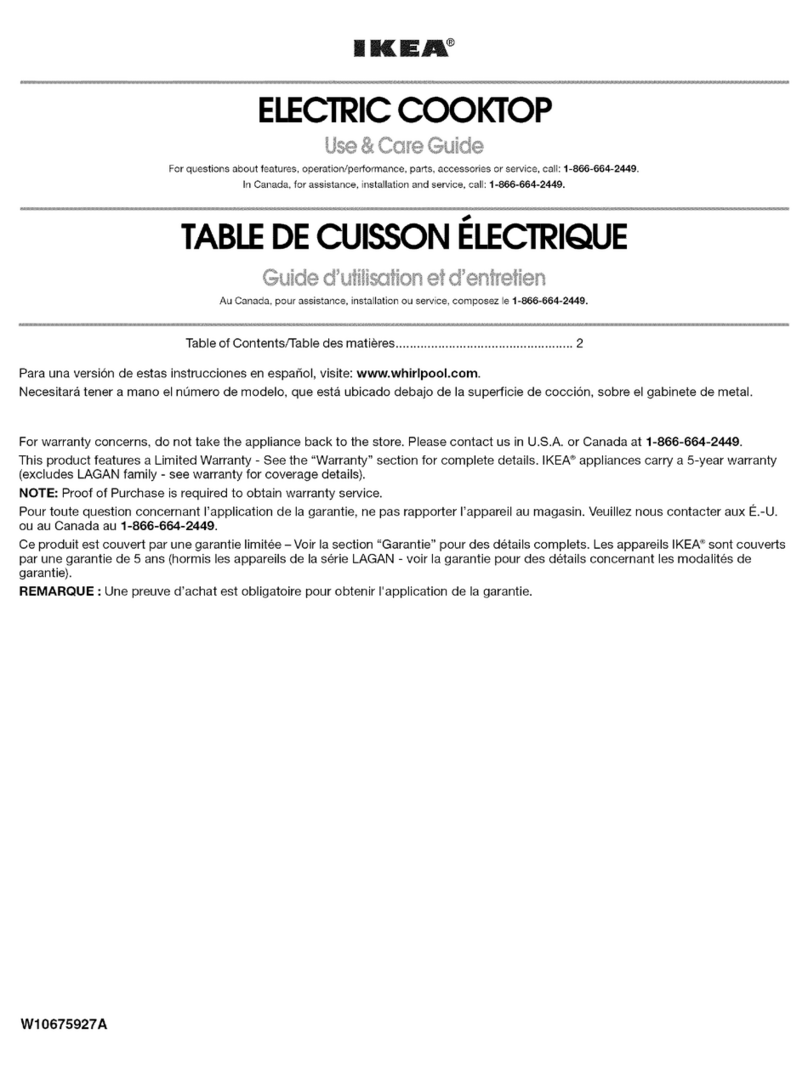
IKEA
IKEA 1502096L User manual

IKEA
IKEA ICS300RQ04 User manual

IKEA
IKEA TREVLIG User manual
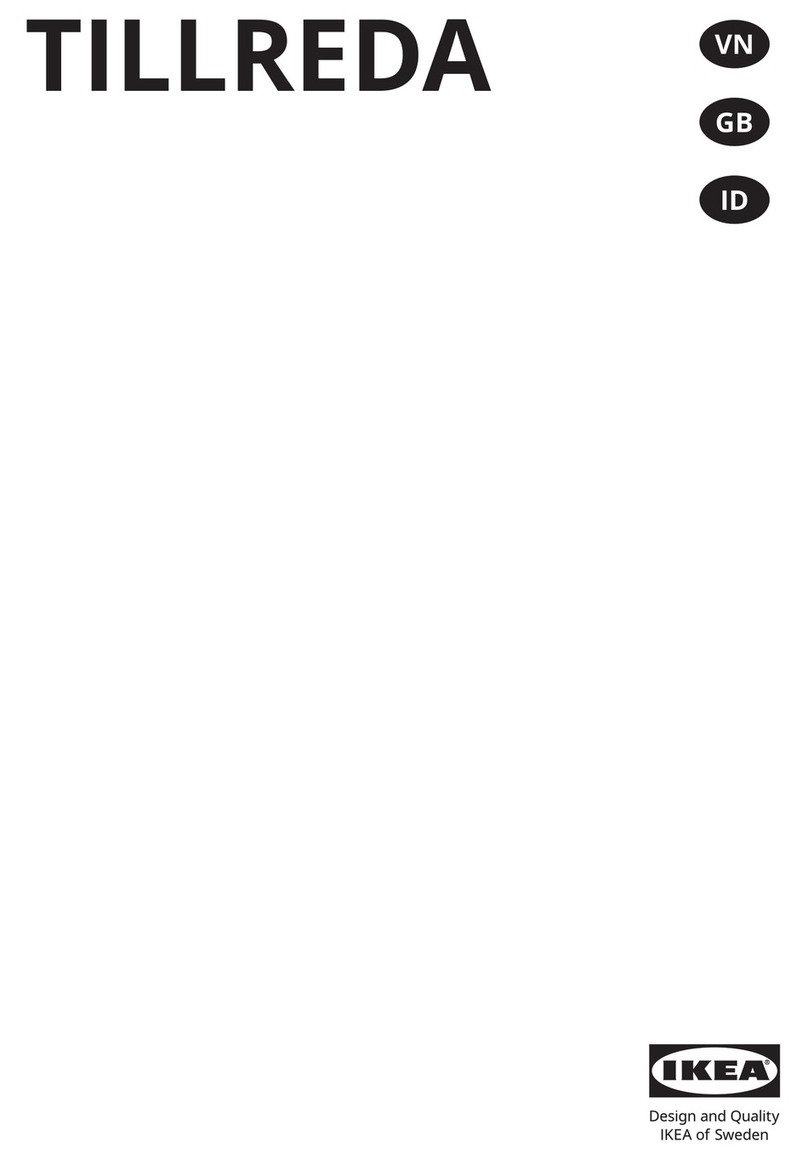
IKEA
IKEA TILLREDA User manual
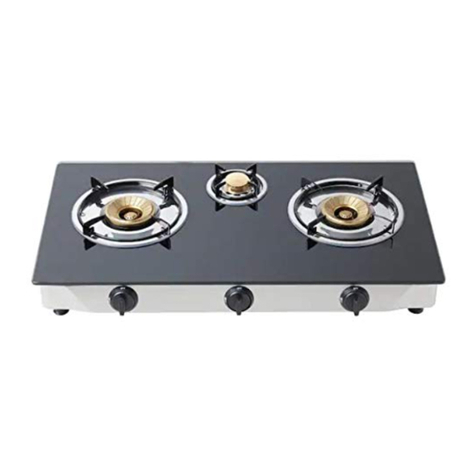
IKEA
IKEA FOLKLIG User manual

IKEA
IKEA IKGC-E311B User manual

IKEA
IKEA AVBRANNING User manual

IKEA
IKEA NEDDRAGEN User manual
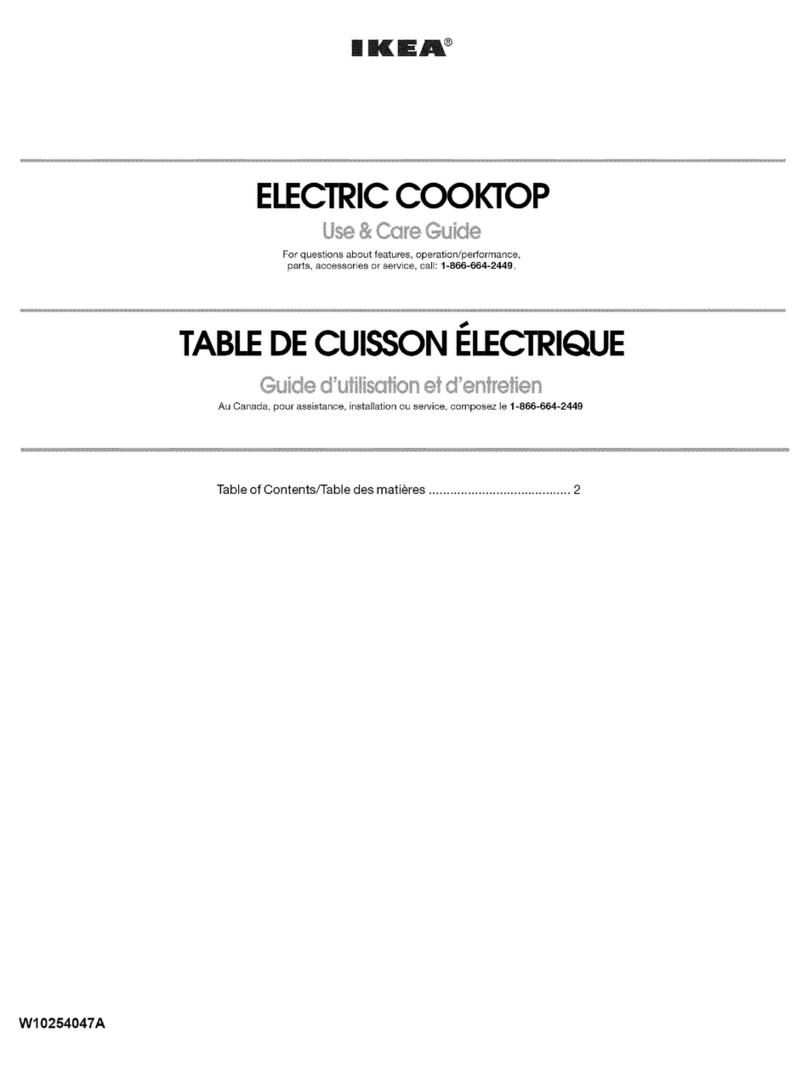
IKEA
IKEA ICR410WP00 User manual
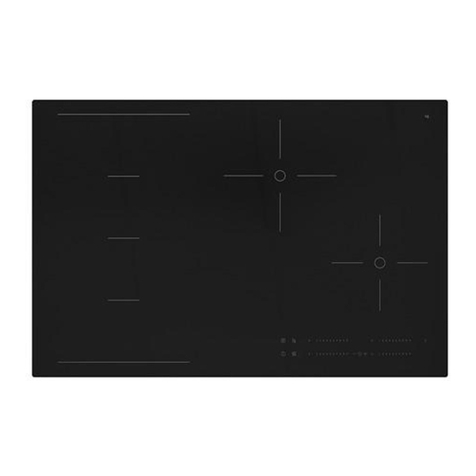
IKEA
IKEA HÖGKLASSIG User manual
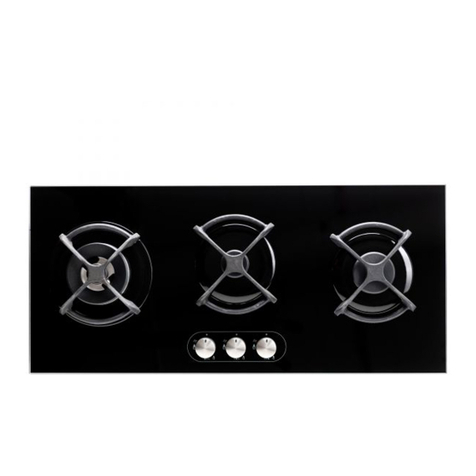
IKEA
IKEA Nutid HGA3K User manual

IKEA
IKEA BRANNPUNKT User manual
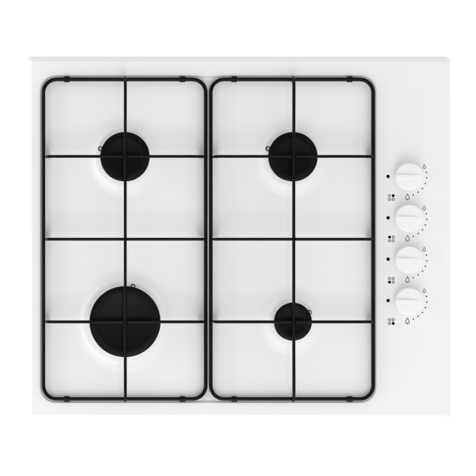
IKEA
IKEA Lagan HGA4K User manual
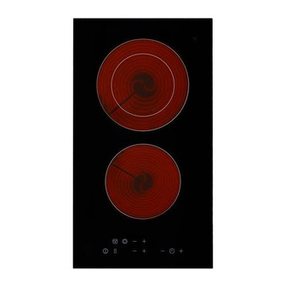
IKEA
IKEA MOJLIG User manual
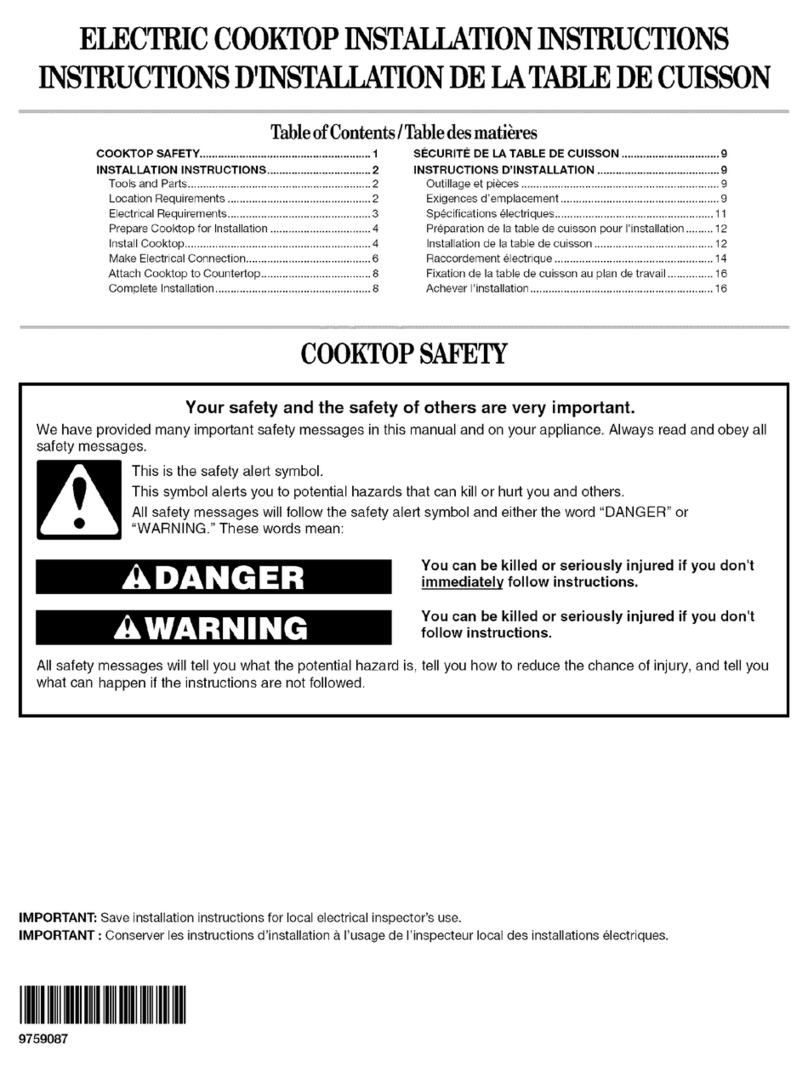
IKEA
IKEA KECC051 series User manual

IKEA
IKEA CS300RQ02 Configuration guide
Popular Cooktop manuals by other brands
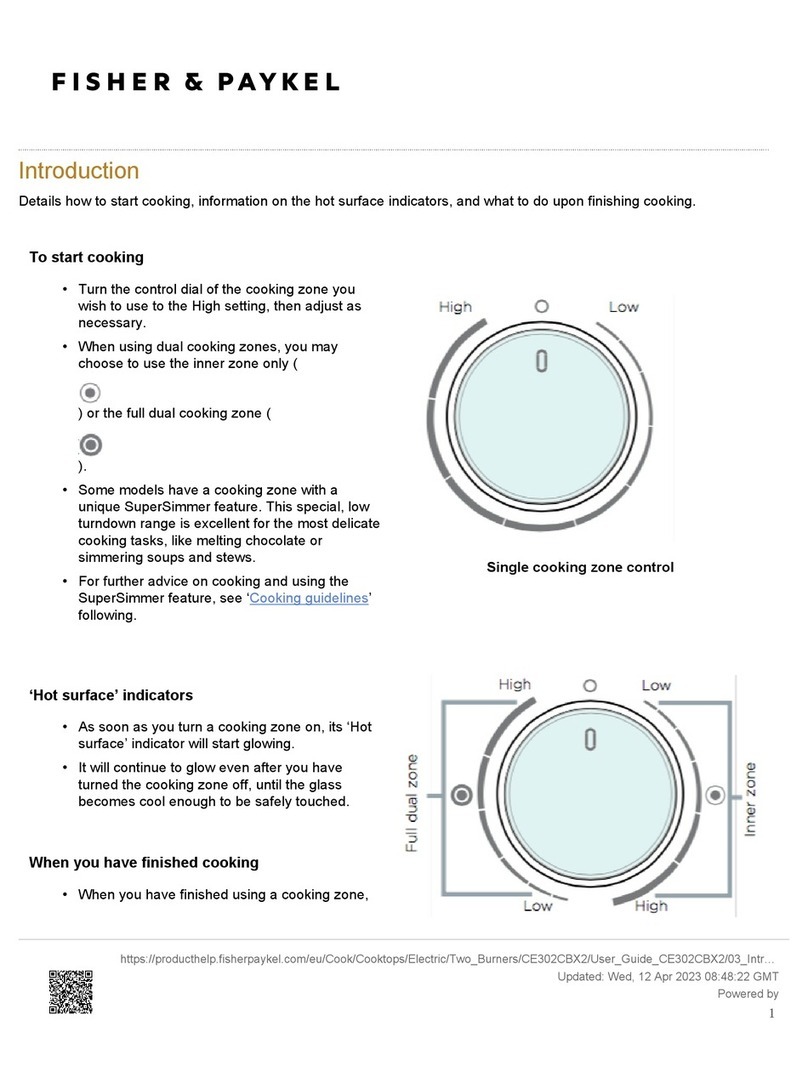
Fisher & Paykel
Fisher & Paykel CE302CBX2 manual

Whirlpool
Whirlpool GJC3634RB00 parts list
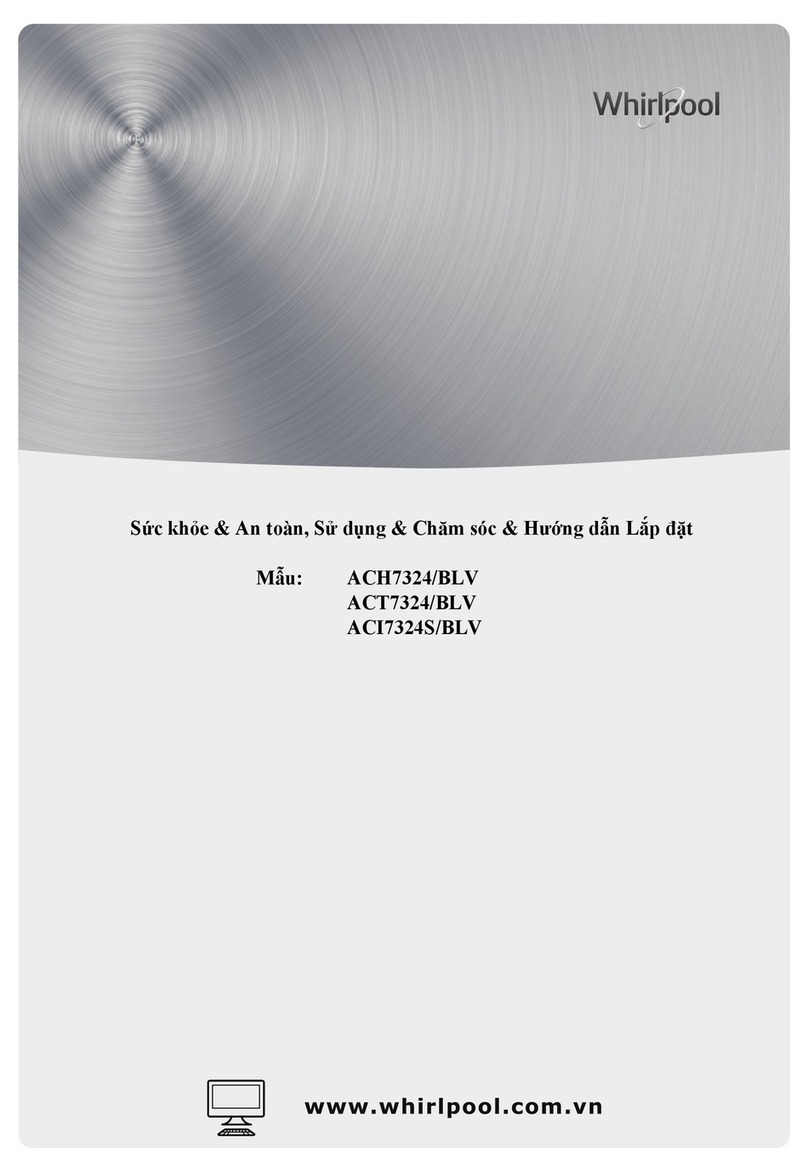
Whirlpool
Whirlpool ACH7324/BLV Use, care and installation guide
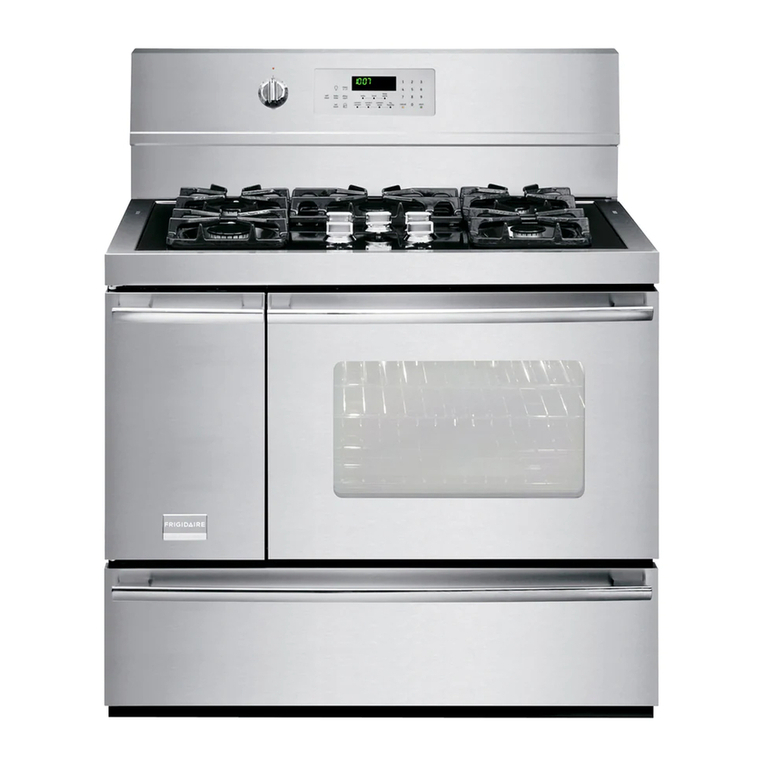
Frigidaire
Frigidaire Professional FPDF4085KF Important safety instructions

Bonnet
Bonnet OPTIMUM 700 Technical instructions

Jenn-Air
Jenn-Air JGCP430 installation instructions
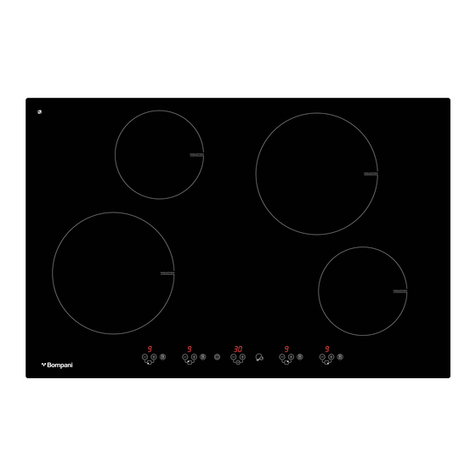
Bompani
Bompani BO374AA/E User instructions

Kleenmaid
Kleenmaid cooking GCTK9011 Instructions for use and warranty details

Waldorf
Waldorf RN8603E-B Technical data sheet

Whirlpool
Whirlpool SMP658CNEIXL quick guide
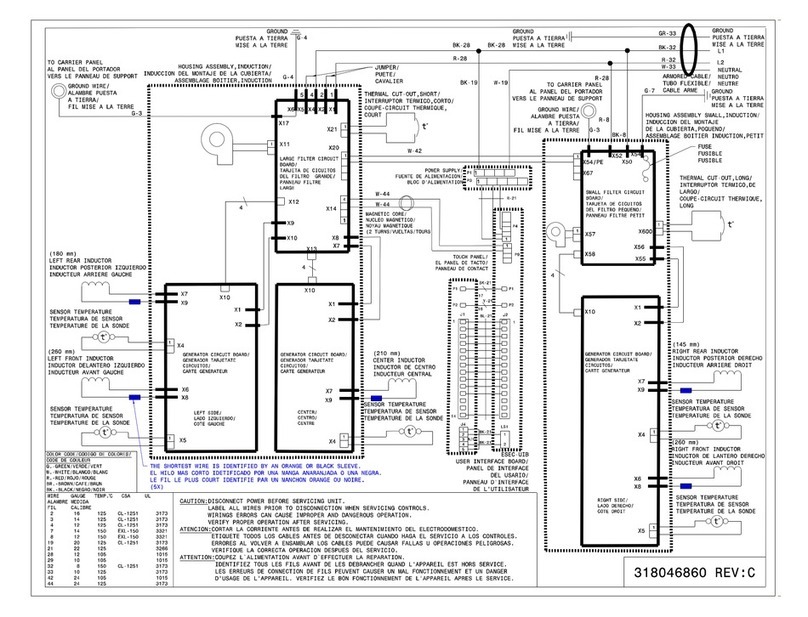
Electrolux
Electrolux E36IC80ISS - 36" Induction Cooktop Wiring diagram

Wolf
Wolf CI243C/B Use and care guide



